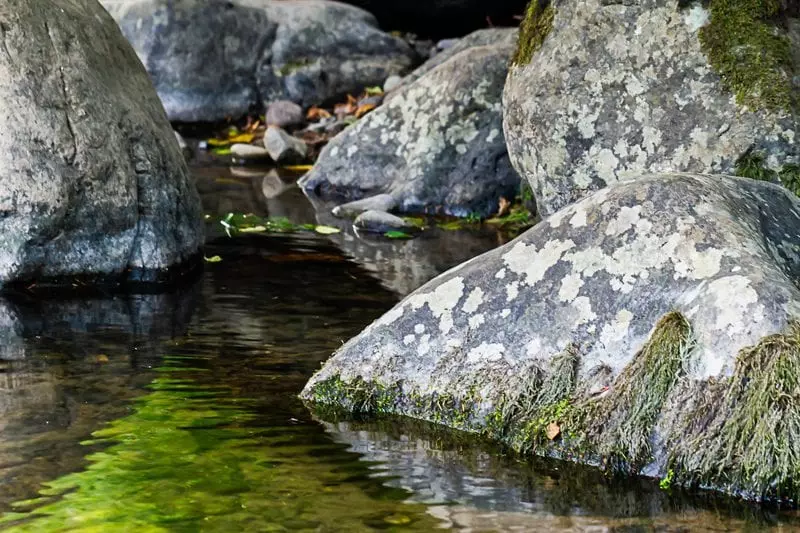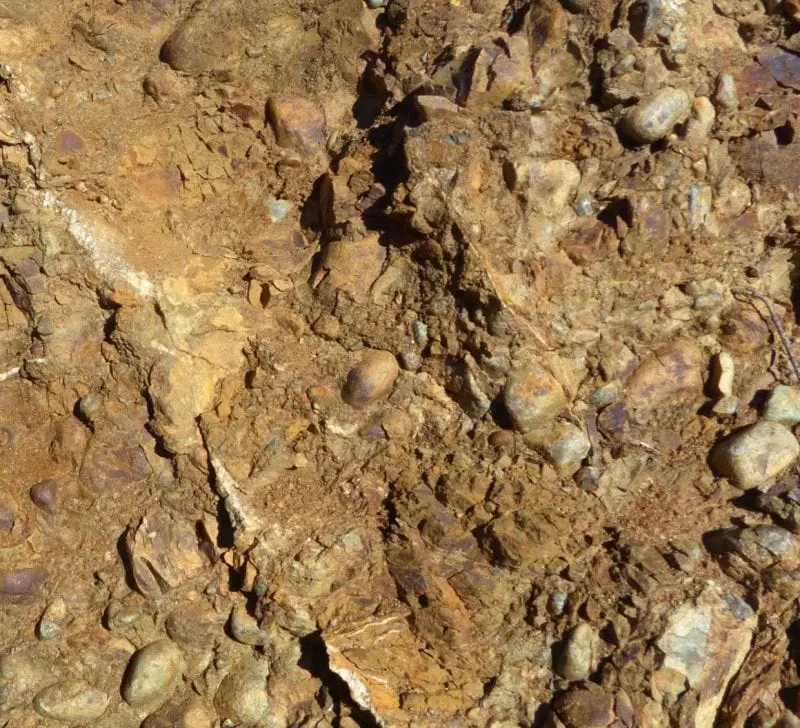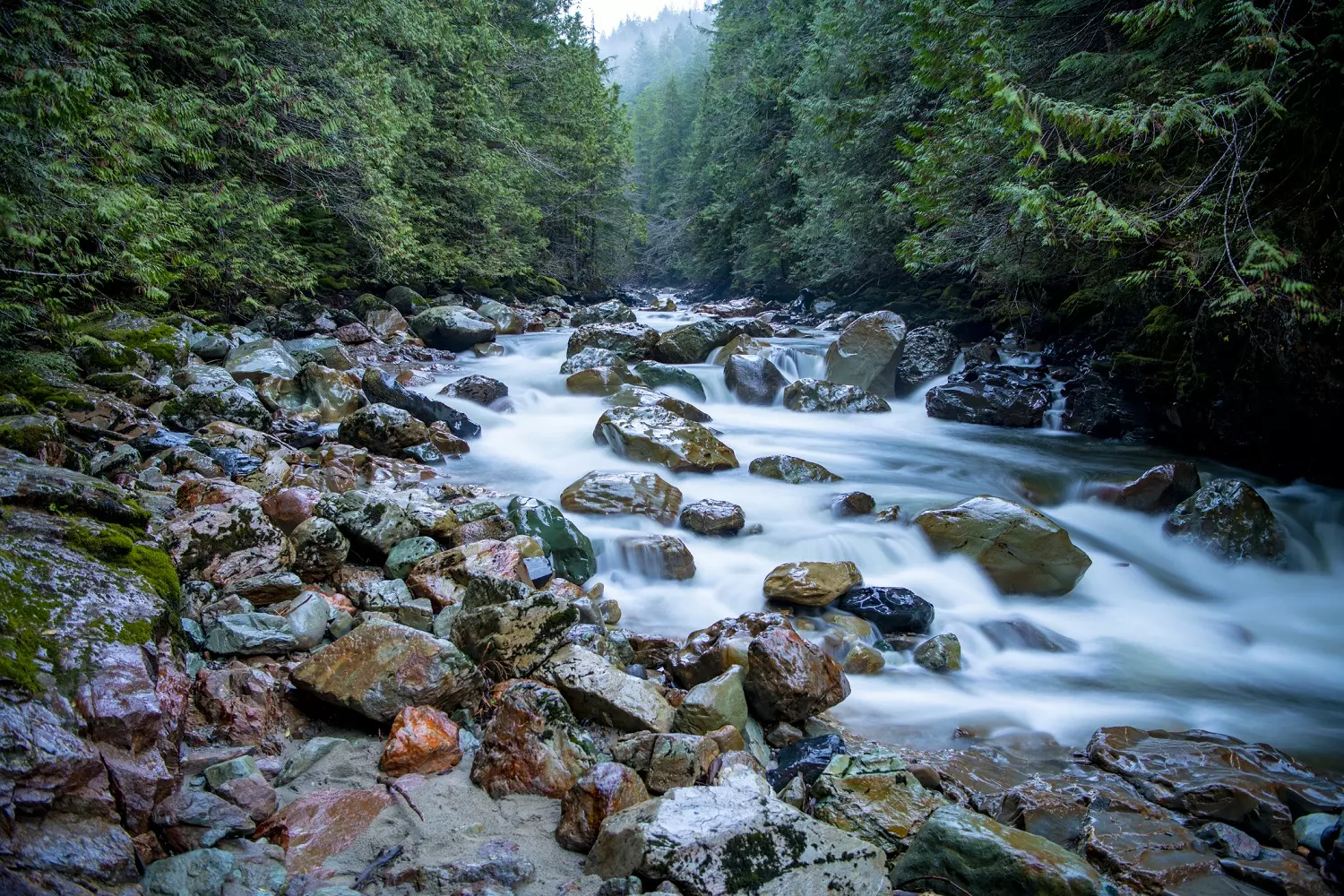I will praise thee, O LORD, with my whole heart; I will shew forth all thy marvellous works. Psalms 9:1
A little while ago I got to spend three days with my wife Beth hiking and relaxing around Leavenworth and Wenatchee, WA. We saw a lot of incredible geology left by the Universal Deluge (described in Genesis 6 and 7).
Geology only makes sense when you look at it through biblical glasses
Trying to make sense of geology with naturalism/uniformitarianism you must do a lot of mental gymnastics using cut-and-paste thinking to describe the geology that is around you. More on this in a bit.
Unfortunately there are people, even in Christian colleges, who are inadvertently extinguishing God’s glory by siding against the Bible and science and instead associating with naturalism/uniformitarianism to explain the past geological events.
It is hard for me to fathom how anyone can claim to be a Christian and teach that the flood mentioned in the Bible had nothing to do with such geologic features like the Grand Canyon. The idea is to give God credit not only for his creation but also his wrath upon mankind for sinning against God. Geologic features such as the Grand Canyon, Bryce and Zion Canyons, Arches, The Wave, and Canyon Lands (just to name a few) are monuments to the flood of Noah, reminding us of God’s wrath on a world that refused to repent and change their ways.
The Bible and science never contradict each other.
Science and naturalism are not the same.
Naturalism is a worldview that masquerades as science.
Naturalism is a worldview that starts with the idea that God didn’t create the laws of science.
Once you decide to leave God out of the picture, you can make up anything you want and many are tempted to get science to do things science cannot do.
Naturalism violates all the laws of science.
Now having said all that, let’s talk scientific geology
For many years I have had a desire move somewhere like Utah, Arizona, or any Great Plains state just so I could live by world-class scenery and geology. Now I know why God put me here in Washington State. I am living among world-class geology; maybe not scenery, but geology for sure.
According to geologists here in the state of Washington we have more sedimentary depth than anywhere else in the world. It is a very conservative estimate that in central Washington we have well over 50,000 feet of sedimentary layers, not to mention lava flows. I have been actively studying this for many years, and am beginning to see this huge depth of sedimentary layering for myself. To my knowledge, I am the only creationist actively studying this region.
The >50,000 feet of sedimentary layering has got mainline naturalists stumped. They are forced to do a lot of mental gymnastics to account for where all this dirt came from. It is very tricky for them to have to explain how so much dirt could accumulate in one area. And not only that, but we find the same layer of dirt in Europe (called the Cambrian and Jurassic)!
They have a choice:
- they either believe that it all got here through slow gradual processes (uniformitarianism)
- or through Catastrophism
This is where naturalistic uniformitarianism commits intellectual suicide. Because naturalism will not humble itself and admit that creationists can explain this scientifically.
You see, if you admit there was a worldwide flood then you have to deal with a God that actually judges sin and works intimately with the human race.
Knowing this first, that there shall come in the last days scoffers, walking after their own lusts, and saying, Where is the promise of his coming? for since the fathers fell asleep, all things continue as they were from the beginning of the creation. 2 Peter 3:3-4
In fact, I do not need a Bible to know that there was a universal deluge, because the evidence is so obvious:
For this they willingly are ignorant of, that by the word of God the heavens were of old, and the earth standing out of the water and in the water: 2 Peter 3:5
Where do the naturalists say that most of that dirt came from?
They claim it came from the Columbia River. Their story is that the Columbia River has changed its course many times over the millions of years. They claim the Columbia River has been laying down river rock for millions of years.
What evidence do they use? They point to rocks in the Teanaway and Swauk area that look like river rock. This is then used to assume all such similar rock was laid down by the Columbia River millions of years ago.
It is true that many of these rocks are quartzite, which is metamorphosed sandstone. So they say the Columbia River brought all those rocks down from northern Idaho and Canada. Now it is true that we can trace those rocks from these origins. But much of the quartzite we find in the state of Washington can also be traced from the American Rockies.
Now let’s examine this a little more closely
It is true that wherever you see a river you usually see rounded rocks in the river. It is also true that rivers can roll and carry rocks downstream; that is, if the river is moving fast enough at the bottom. Now, did you get that?
Because the deeper the river the faster it has to be flowing on the top to make it flow fast enough on the bottom to move any rocks at all!
I have hiked a lot in the mountains and deserts and noticed something so obvious you do not have to have any college to understand. Even the tiniest of streams seem to have a lot of rocks in them.
Now ask yourself a question: can tiny little streams push/move that size rock?
Not if you use common sense. Absolutely not.

I have even seen mere trickles of water moving through huge rocks that could never have been moved by such a tiny stream. And there are many of these streams!
One of my majors in college was criminal justice where we learned about processing crime scenes. Just because you find a dead body in a location does not mean that person was killed there. Someone could have transported the body thousands of miles and dropped it there. We must always be careful about making assumptions too early.
So, just because you see a river flowing over rounded rocks does not mean the river had anything to do with transporting those rocks (often hundreds of miles) to that location. This is particularly unlikely when the river slows down around a tight bend. Rivers transport silt more then they transport rocks. A better explanation to fit the evidence is that the water only eroded the dirt from around the rocks that were already there. These rocks were not transported from hundreds of miles away by a river. Most rivers, let alone streams and trickle streams, do not have the power to move such boulders very far at all. If a river was moving all these rocks uniformly, as the naturalists insist on, then we should see a huge rock pile where the river begins to slow down.
“River Rocks” in the ground

I have been digging for rocks and fossils now for many years and it seems that wherever I dig I run into rounded rocks in the ground. If a river formed in any of those places people would improperly name those rocks “river rocks” as if those rocks got there because of the river.
Those rocks are only round for two reasons:
- They were transported there catastrophically by way of a huge landslide, which caused most of the rounding, with the later river polishing them even more.
- The river also exposed rocks that were already there.
So the question remains, what came first the river or the rocks?
It is like the Grand Canyon, what came first the river or the canyon? Biblical scientists say it was the canyon which gave a place for the river to flow. We know for a fact that the Little Grand Canyon at Mount St Helens showed us that a muddy (watery) catastrophe created the canyon and then a river flowed though it, exposing the rocks that were already there.
Another way to picture what really happened
Imagine dropping in a river just about anywhere and letting it flow. In just a few days it would erode the soil away from many rocks previously buried in the ground. The river did not transport those rocks the rocks were already there. It’s hard to dig anywhere on this planet and not encounter this phenomenon.
I just do not have that much faith that the Columbia River altered its course multiple times over a period of millions of years. I would rather just let the evidence speak for itself.







